

In today’s rapidly advancing technology, smartwatches and fitness bands have become standard equipment in many people’s daily lives. They not only record steps and monitor heart rates but also track sleep conditions, providing us with data on sleep duration and the time spent in deep and light sleep.
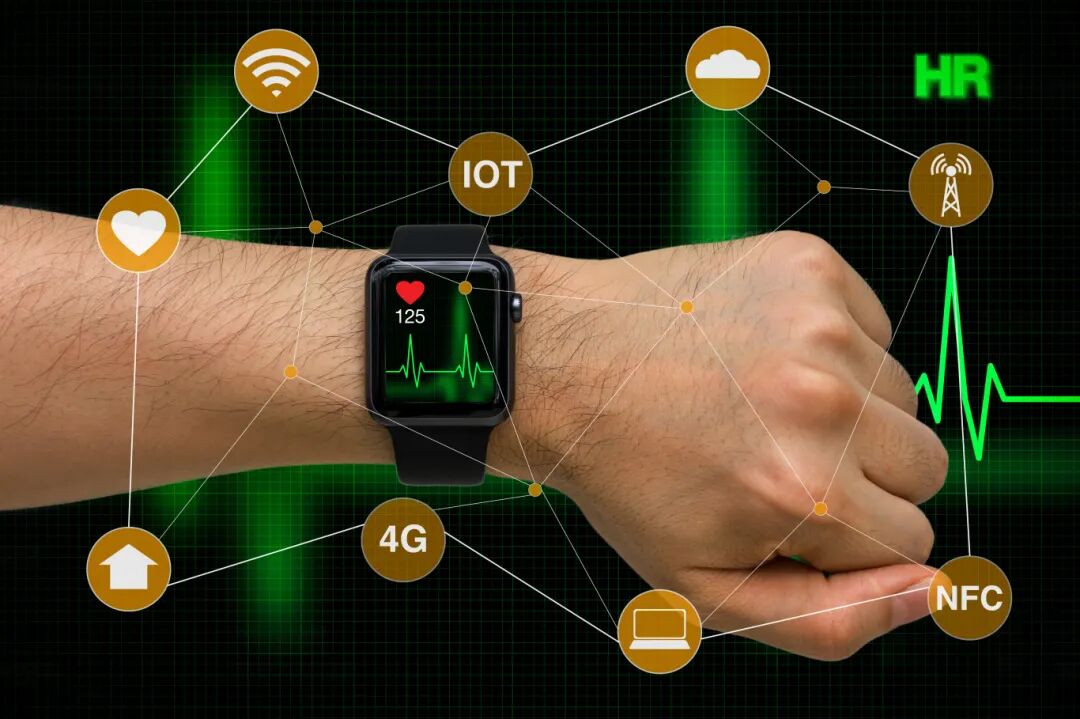
However, how reliable are these data? How do smartwatches and fitness bands monitor sleep?


How do smartwatches and fitness bands monitor sleep?

Actigraphy
For sleep quality, smartwatches or fitness bands use actigraphy.
Actigraphy was originally developed in the 1980s by the U.S. military to measure troop performance. Over the past 30 years, it has been improved and widely applied in various fields such as sleep/wake pattern assessment, daily activity intensity monitoring, drug testing, and behavioral genetics due to its portability, non-invasiveness, and low cost.
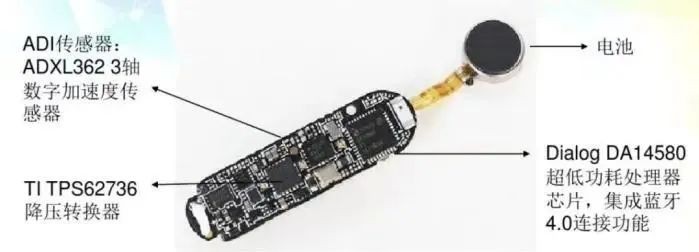 Current actigraphy devices generally havethree-axis data recording capabilities, with three-axis sensors becoming standard equipment. These sensors can sensitively record slight movements from three directions.Based on the recorded data, analysis software can calculate energy expenditure and sleep-related parameters, such as wake times, number of awakenings, and sleep efficiency.
Current actigraphy devices generally havethree-axis data recording capabilities, with three-axis sensors becoming standard equipment. These sensors can sensitively record slight movements from three directions.Based on the recorded data, analysis software can calculate energy expenditure and sleep-related parameters, such as wake times, number of awakenings, and sleep efficiency.
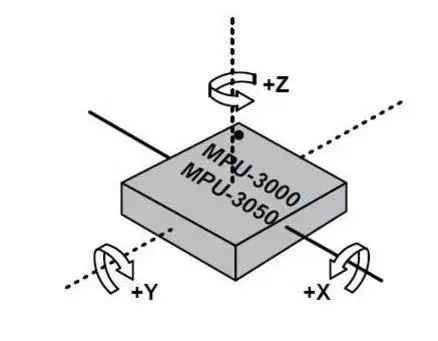
Heart Rate Sensors
Heart rate sensors can recordheart rate variations during sleep.
Currently, there are two main methods for heart rate monitoring: one is thephotoplethysmography method, and the other is theelectrocardiogram method. Simply put, there is a photodetector on the back of the fitness band that emits green light. When the light beam is emitted, the skin, muscle tissue, and blood absorb some of it, and the rest is reflected back to the detector.Blood tends to reflect red light and absorb green light, so the heart produces differently colored reflected light during contraction and relaxation. The band detects these reflected lights and uses certain algorithms to calculate the heart rate.
What factors can affect the detection results of smartwatches and fitness bands?
Sleep State
The normal sleep structure of adults goes fromlight sleep (N1, N2) —deep sleep (N3, N4) —light sleep (N1, N2) —rapid eye movement sleep (REM).
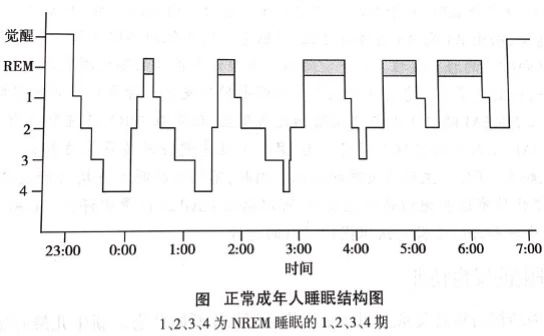
When we are in light sleep, our bodies may exhibit slight shaking or movement; at this time, brain activity decreases, and the body is in a relatively relaxed state, but muscle tension may be high. During this time,the smartwatch or fitness band detects our slight movements and identifies it as light sleep; when we enter deep sleep, the body’s muscles are relaxed, and there is basically no movement, at which pointthe smartwatch or fitness band records little body movement and considers it deep sleep.
Sleep Environment
The sleep environment is also an important factor.Light, noise, and other environmental factors can affect the sleep monitoring data of fitness bands. Sleeping in a bumpy environment, such as on a subway, high-speed train, or bus, where wrist movements are frequent, can also lead the sensors to misjudge the state as non-sleep, resulting in no sleep data being recorded.
Wearing Method
Additionally, the way the device is worn can also affect the monitoring results. If worn too loosely, the device may not accurately perceive wrist movements and heart rate changes; if worn on the non-dominant hand, or if the device is facing down or obstructed, it may also lead to misjudgment.
Thus, monitoring sleep qualityactually involves sensing whether we have significant movements during sleep; sometimes, turning over while wearing the band may actually be in deep sleep, but because of the “movement,” the fitness band may also identify it as light sleep.



 What standards must be met for qualified sleep?
What standards must be met for qualified sleep?
Time to Fall Asleep
Adults should normally fall asleep within 15-30 minutes.
In terms of sleep continuity, the number of awakenings during the night should not exceed two, and one should be able to fall back asleep within 20 minutes after waking.
Total Sleep Duration
Adults need 7-9 hours of sleep each day to meet the recovery needs of the body and brain; less than 6 hours or more than 10 hours may affect health.
Proportion of Deep Sleep
The proportion of deep sleep is also an important indicator,with deep sleep (including NREM stage 3 and REM stage)accounting for about 20% of total sleep time, which is beneficial for body repair and memory consolidation.
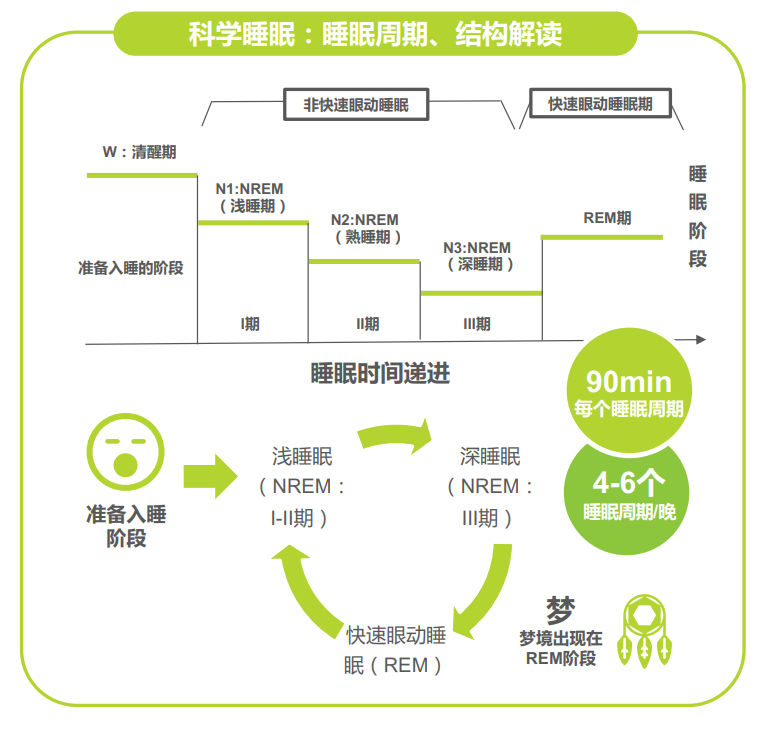
Additionally, one should feel refreshed and in a good mood upon waking, and be able to maintain good energy and concentration. If one often feels fatigued and drowsy, there may be sleep issues.





Smartwatches and fitness bands are reliable for monitoring sleep to a certain extent
In fact,the sleep monitoring by smartwatches and fitness bands is reliable to a certain extent; they can record total sleep time, and the data provided may serve as a reference for daily health management. However, due to various influencing factors, the monitoring results may have certain errors.
With the advancement of science and technology, future monitoring results may become more reliable. Currently, we should view the sleep monitoring functions of smartwatches and fitness bands rationally, using them as an auxiliary tool to understand our sleep conditions,and not overly rely on the monitoring results of smartwatches and fitness bands.
Source: Digital Beijing Science Center
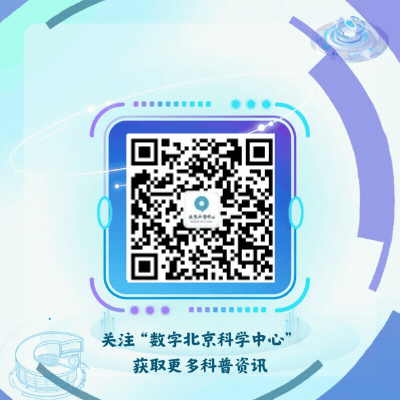
Editor: Yu Yinkai
The reproduced content only represents the author’s views
It does not represent the position of the Institute of Physics, Chinese Academy of Sciences
If you need to reprint, please contact the original public account
Recent Popular Articles Top 10
↓ Click the title to view ↓
1. How to put on underwear without taking off your pants? You won’t believe it | Serious Play2. The only “legal killing zone” in the world, why are they not guilty of murder?
3. Microplastics are rapidly invading the brain, researchers say “it’s chilling”
4. Paper airplanes never fly far? This time, let’s make a “never landing” paper airplane | Serious Play
5. Why do flies rub their heads off? A look at the history of animal decapitation
6. Who is using DeepSeek for “fortune telling”? I really advise you not to…
7. Punching speed comparable to a bullet, why don’t mantis shrimp’s fists break?
8. A popular candidate for the Fields Medal, follow her footsteps to understand the Hanging Gardens Conjecture
9. Can you make a “listening device” at home? I can do it again | Serious Play
10. Why do you always end up in the slowest line? You may have hit the hidden “bad luck law”!
Click here to view all past popular articles
